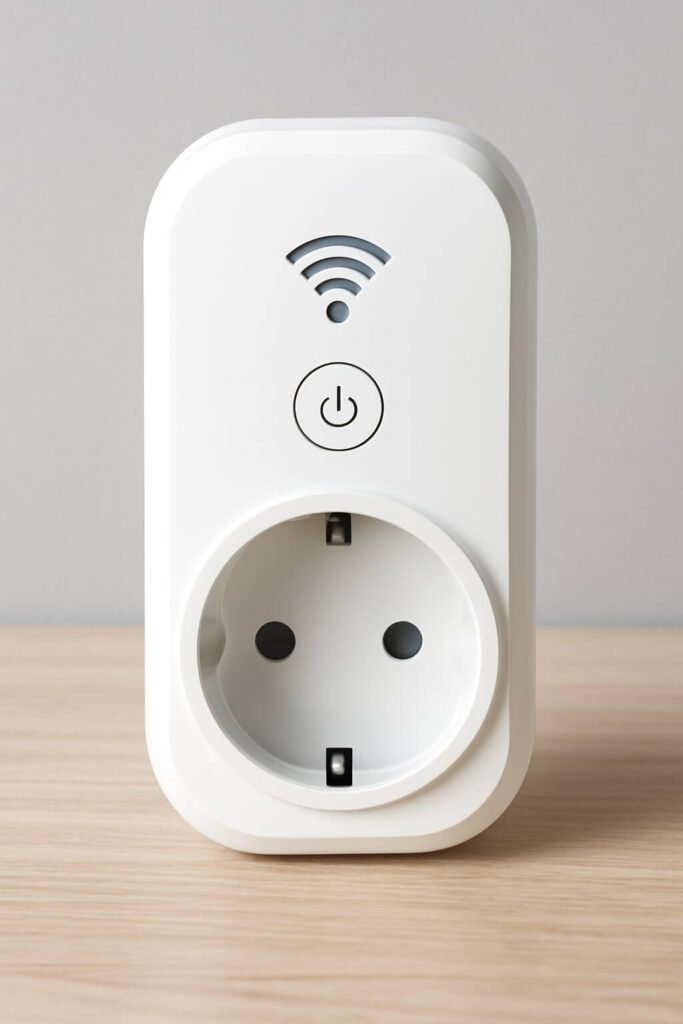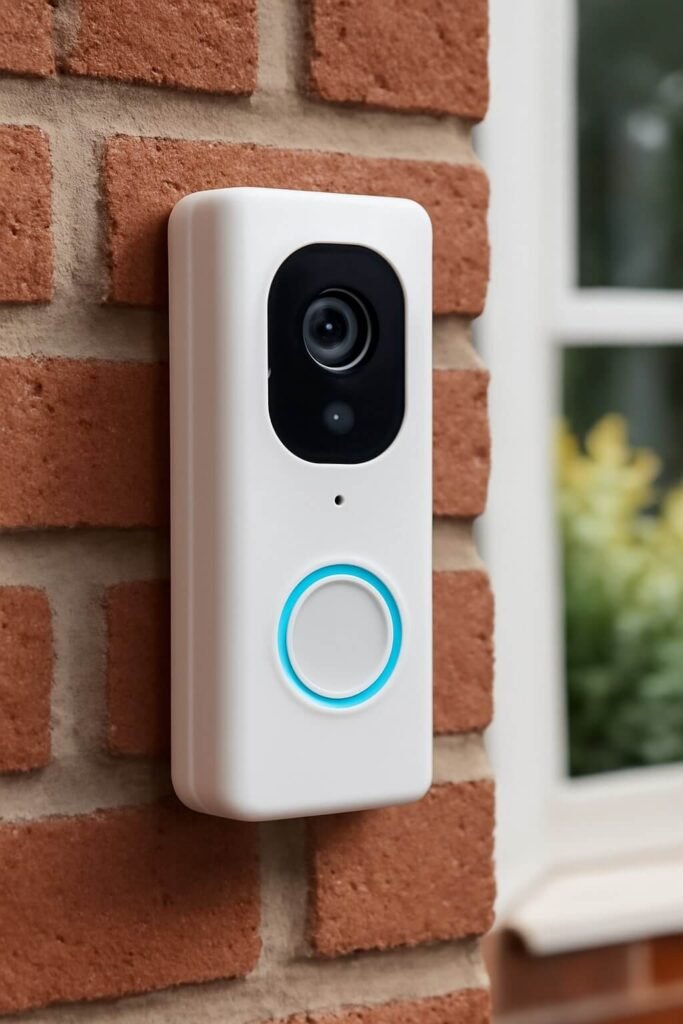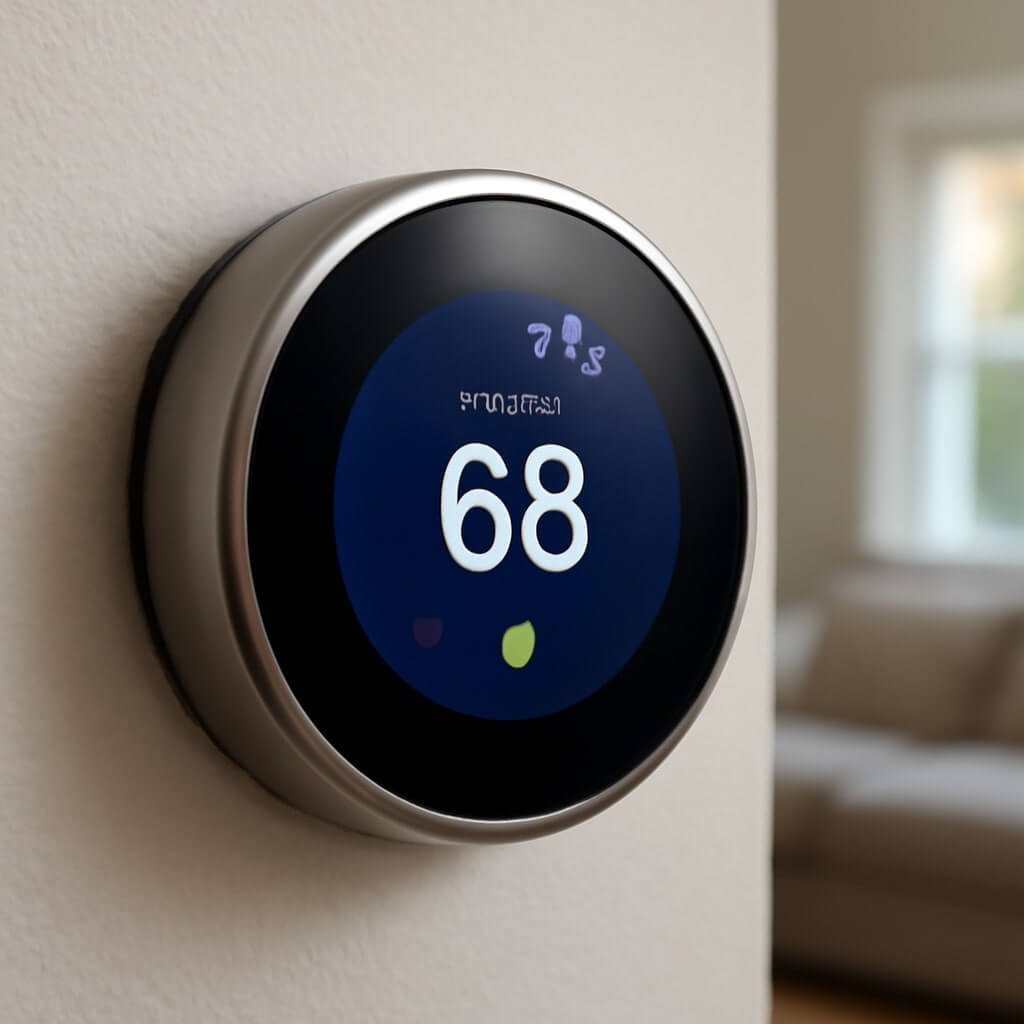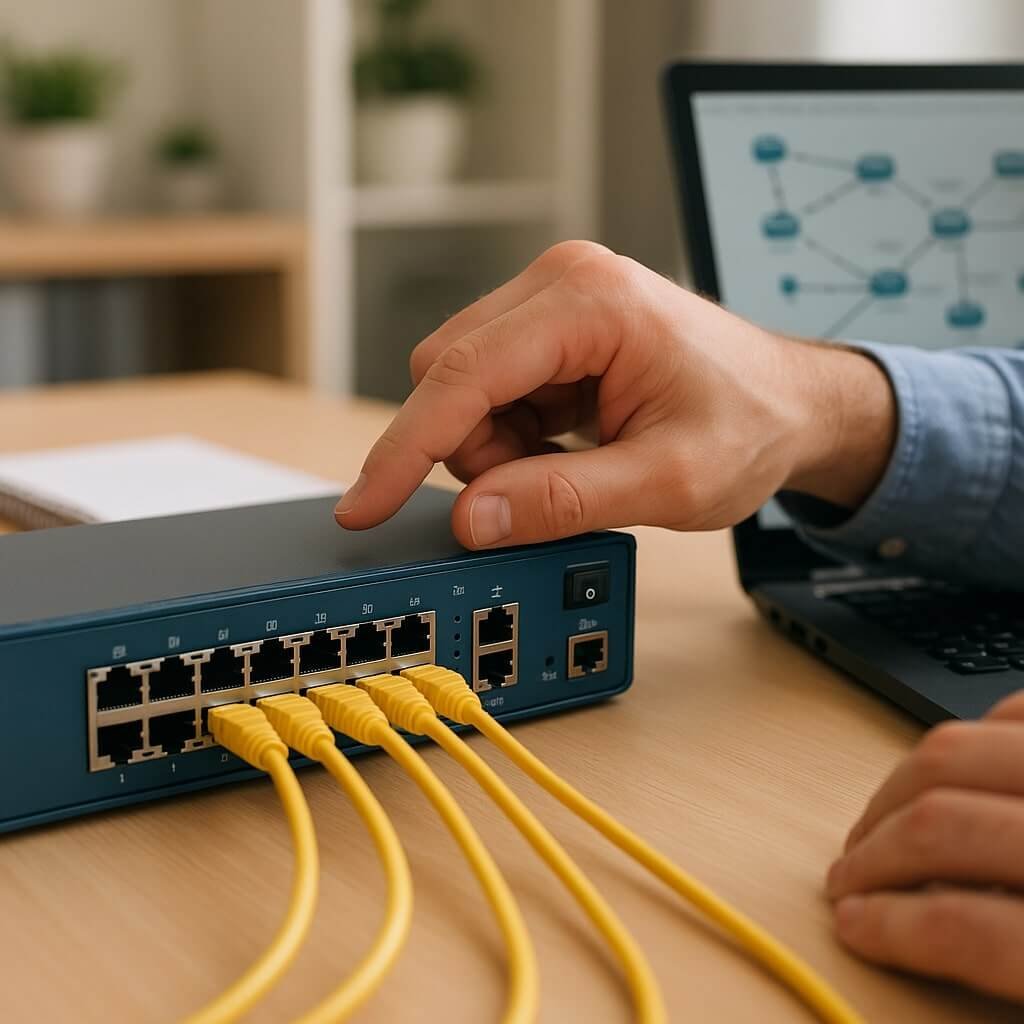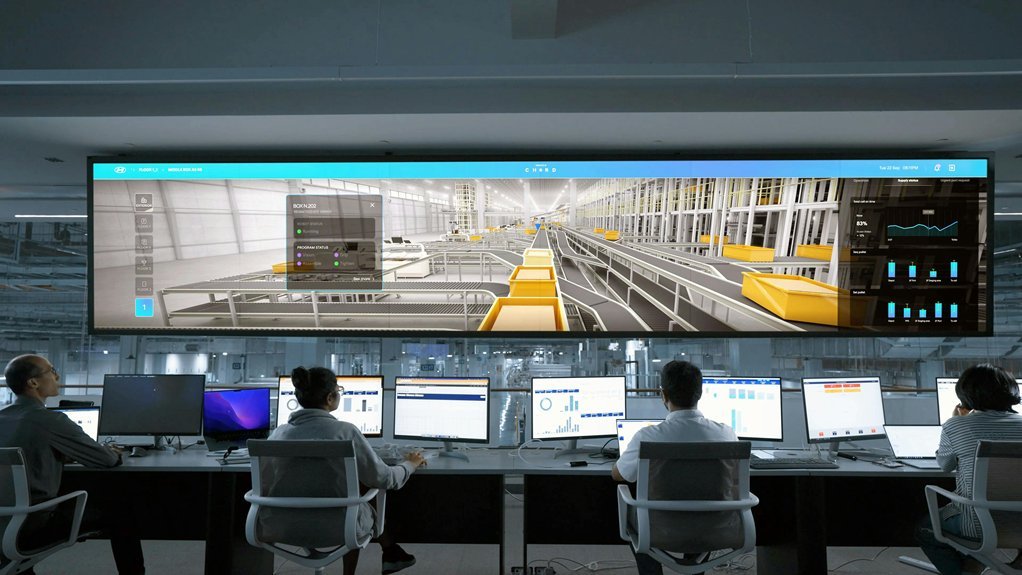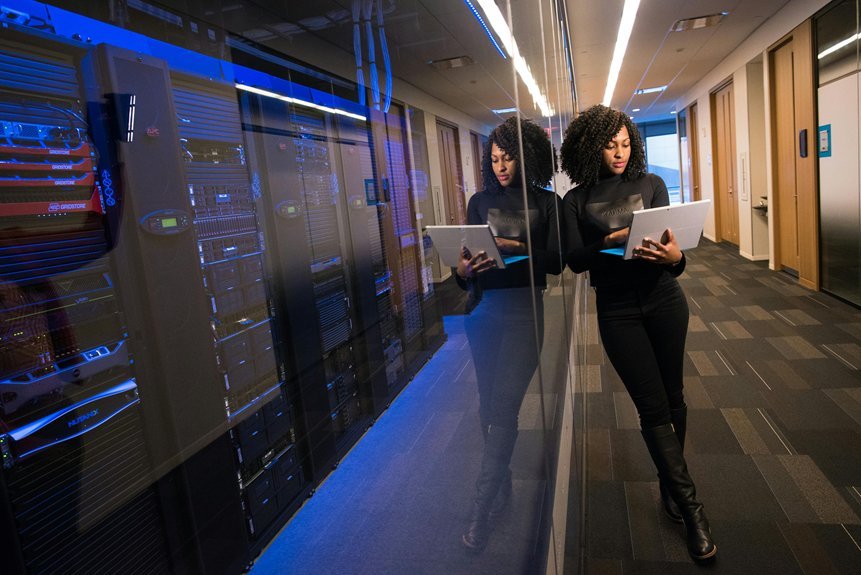Smart lighting solutions that save energy and money have become a game-changer in both residential and commercial spaces. With rising energy costs and increasing environmental concerns, adopting intelligent lighting systems offers an effective way to reduce electricity consumption and lower utility bills. These systems provide more than just illumination — they bring convenience, customisation, and security to everyday life.
Smart lighting integrates advanced technology with traditional lighting fixtures, enabling you to control, automate, and optimise your lighting environment. From smart bulbs that adjust colour and brightness to sensors that detect occupancy and daylight, these solutions tailor lighting to your needs, reducing waste and enhancing comfort.
In this article, we’ll explore 15 powerful smart lighting strategies that can significantly cut your energy consumption and save money, all while improving your lighting experience.
Understanding How Smart Lighting Works
At the heart of smart lighting solutions that save energy and money is a combination of hardware and software components working seamlessly together. Here’s a breakdown of the essential elements that make smart lighting so effective:
Components of Smart Lighting Systems
- Smart Bulbs: LED bulbs equipped with wireless connectivity (Wi-Fi, Zigbee, Bluetooth) that allow remote control of brightness, colour, and schedules.
- Sensors: Motion, occupancy, and daylight sensors detect presence or natural light levels to automatically adjust lighting.
- Hubs or Gateways: Devices that connect multiple smart lights and sensors, enabling centralised control via smartphone apps or voice assistants.
- Apps and Voice Assistants: User interfaces that offer easy control, automation, and monitoring capabilities.
By combining these components, smart lighting systems can adapt to your lifestyle, ensuring lights are only on when needed and at optimal levels.
Benefits of Smart Lighting Solutions
Smart lighting solutions that save energy and money offer multiple advantages beyond cost savings. Here are some key benefits:
- Energy Efficiency: Automated control reduces wasted electricity, lowering your carbon footprint.
- Cost Savings: Decreased energy consumption translates to lower utility bills over time.
- Convenience: Remote and voice control allow effortless management of your lighting.
- Enhanced Security: Motion sensors and scheduling simulate occupancy to deter intruders.
- Customisation: Adjustable brightness and colour settings create a perfect ambience for any occasion.
- Longevity: LED technology lasts longer than traditional bulbs, reducing replacement costs.
Top 15 Smart Lighting Solutions to Save Energy and Money
1. Motion Sensor Lighting
Motion sensor lighting is an excellent way to ensure lights are only active when someone is present. This technology detects movement and automatically switches lights on or off, eliminating energy waste in empty rooms or outdoor areas.
2. Smart LED Bulbs
Switching to smart LED bulbs is fundamental in saving energy. These bulbs consume significantly less power than incandescent or fluorescent bulbs and offer features like dimming, scheduling, and colour tuning.
3. Automated Scheduling
With smart lighting apps, you can set schedules to match your daily routines. Lights can turn on at sunset and off when you leave home, ensuring they operate only when necessary.
4. Dimmable Smart Lights
Dimming lights reduces power consumption while creating a cozy atmosphere. Smart dimmable bulbs let you adjust brightness levels depending on tasks or the time of day.
5. Voice-Controlled Lighting
Integration with voice assistants like Amazon Alexa or Google Assistant offers hands-free control, making it easy to turn lights on/off or adjust settings quickly, promoting energy savings through ease of use.
6. Daylight Harvesting Systems
Daylight harvesting systems use sensors to monitor natural light levels and adjust artificial lighting accordingly. This approach maximises the use of daylight, significantly reducing electricity consumption during the day.
7. Adaptive Lighting Technology
Adaptive lighting adjusts the intensity and colour temperature based on time of day or activity, improving comfort and reducing unnecessary energy use.
8. Smart Outdoor Lighting
Outdoor smart lights equipped with motion sensors and timers provide security lighting only when needed, saving energy compared to always-on floodlights.
9. Energy Monitoring Features
Smart lighting systems with energy monitoring let you track consumption patterns, identify inefficiencies, and optimise usage.
10. Integration with Smart Home Systems
Connecting lighting to broader smart home ecosystems enhances automation, for instance, turning lights off when the security system is armed.
11. Use of Renewable Energy Sources
Some smart lighting setups incorporate solar-powered lights, especially for outdoor use, offering energy independence and environmental benefits.
12. Multi-Zone Lighting Control
Managing different areas independently allows lights to be used only where needed, further reducing wastage.
13. Smart Plugs and Switches
These devices convert traditional lighting fixtures into smart ones, offering smart controls without complete fixture replacement.
14. Motion Detection with AI
Advanced AI-based motion detection can distinguish between humans, pets, and other movements, preventing unnecessary light activation.
15. Energy-Efficient Fixtures and Designs
Choosing fixtures designed for optimal light distribution enhances efficiency, reducing the number of lights needed.
How to Choose the Right Smart Lighting Solutions
When selecting smart lighting solutions that save energy and money, consider these factors:
- Compatibility: Ensure devices work with your existing smart home system.
- Cost: Balance upfront costs with long-term savings.
- Ease of Use: Choose systems with intuitive apps and interfaces.
- Features: Prioritise sensors, scheduling, and energy monitoring.
- Installation: Some solutions are plug-and-play, while others may require professional setup.
Installation and Maintenance Tips
Proper installation and maintenance maximise your smart lighting system’s efficiency:
- Follow the manufacturer’s instructions closely.
- Position sensors to cover relevant areas without false triggers.
- Keep firmware and apps updated.
- Clean fixtures and sensors regularly.
- Replace bulbs with energy-efficient alternatives when needed.
Cost-Benefit Analysis of Smart Lighting
While initial investment might be higher than traditional lighting, smart lighting solutions pay off through:
- Reduced energy bills.
- Lower maintenance costs due to longer bulb life.
- Potential rebates or incentives for energy-efficient upgrades.
Environmental Impact of Smart Lighting Solutions
By cutting energy waste, smart lighting reduces greenhouse gas emissions. Solar-powered options and LED technology further promote sustainability. Adopting these systems aligns with global efforts to combat climate change.
Frequently Asked Questions (FAQs)
How much energy can smart lighting save?
Smart lighting can reduce energy use by up to 50% compared to traditional lighting, depending on system complexity and usage patterns.
Are smart bulbs compatible with all light fixtures?
Most smart bulbs fit standard sockets, but it’s best to check size and type compatibility before purchase.
Can I install smart lighting myself?
Many smart lighting products are designed for DIY installation, but complex systems may require professional help.
Do smart lights work during power outages?
Generally, smart lights need power and network connectivity; backup power solutions can provide limited functionality.
Is smart lighting secure from hacking?
Reputable manufacturers use encryption and security protocols; keep firmware updated to reduce risks.
Can smart lighting improve home security?
Yes, features like motion detection and scheduling can simulate occupancy and deter intruders.
Conclusion
Smart lighting solutions that save energy and money offer an exciting blend of technology, convenience, and sustainability. By adopting these 15 powerful strategies, you can optimise your lighting system, reduce your electricity bills, and contribute positively to the environment. Whether upgrading your home or business, smart lighting is a smart investment for the future

